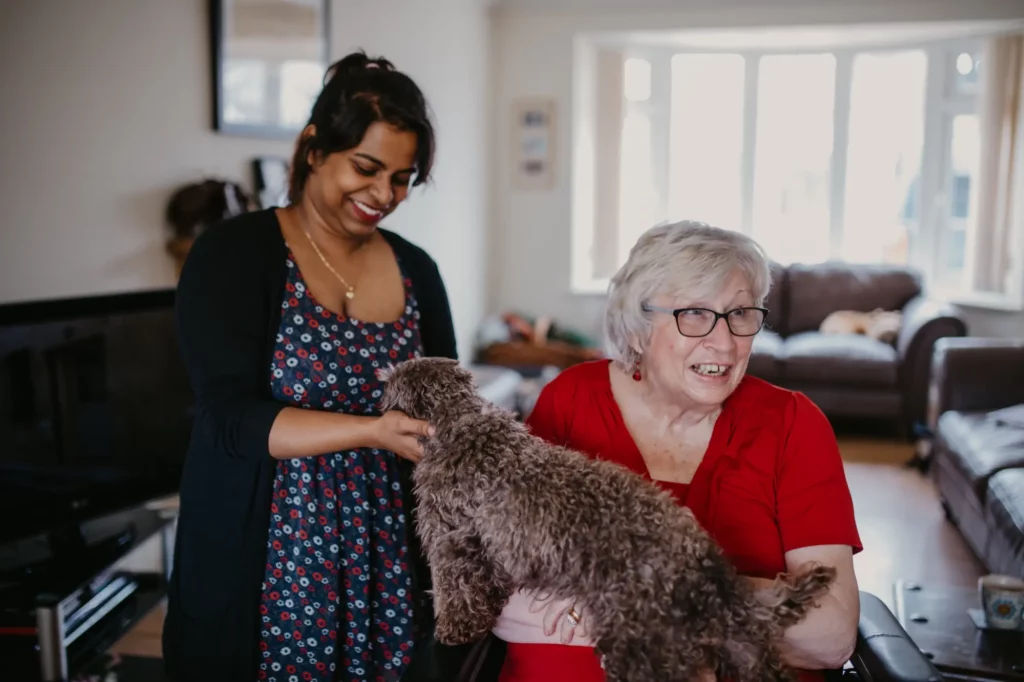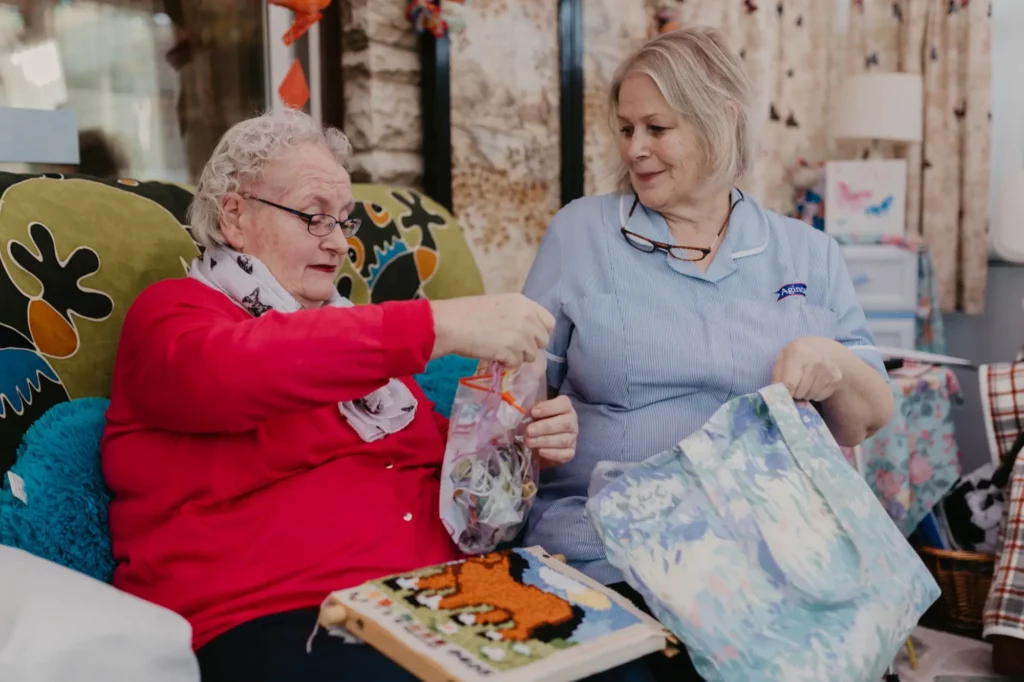We’ll work with you to create a care plan that’s unique to you. Our support team are highly-trained to provide care for people of all ages and with a range of dependencies.
We can find the perfect match for you. Your care worker is there not only for day-to-day medical help, but to help you carry on with your lifestyle at home, college, university, work or out and about. We can support you with the practical things like getting to and from work, taking toilet breaks and going out for lunch.
As a result, our care team will work with you to create a plan that meets your individual support needs. If your cerebral palsy presents as part of a complex set of needs, our services are experienced and highly-trained in providing care for people of all ages with a range of dependencies.

Tailored cerebral palsy care and support
We understand that cerebral palsy can make aspects of life challenging. That’s why we’re here to help. As the four types affect people differently, our priority is tailoring your care to you. This is because our goal is to support you living life to the fullest.


Types of cerebral palsy care and support
Every person will have their own unique experiences with cerebral palsy and we take the same person-centred approach. We collaborate with you and your family to develop a personal care plan tailored to your individual care needs and requirements.

Frequently asked questions
Cerebral palsy is the name for a group of lifelong conditions that affect movement and co-ordination, caused by a problem with the brain that occurs before, during or soon after birth.
There are different types of cerebral palsy affecting the muscles including stiffness, spasms, uncontrolled movements, balance problems and coordination issues.
There are four main types of cerebral palsy: Different types affect the brain in different ways leading to a variety of moving disorders. Many people will have a mixture of these.
Spastic cerebral Palsy
Dyskenetic (also known as athetoidc) cerebral palsy
Ataxic cerebral palsy
Mixed cerebral palsy
Spastic cerebral palsy is the most common form of cerebral palsy. Symptoms include stiff or weak muscles and exaggerated reflexes. This often leads to difficulties with moving and walking. It can affect different areas of the body.
Dyskenetic cerebral palsy causes involuntary muscle contractions in hands, arms, legs and sometimes the face. This often makes it difficult to walk, stand still, sit or talk.
Ataxic cerebral palsy affects balance, spatial awareness and co-ordination. People living with ataxic cerebral palsy may have difficulty balancing, walking, speaking and grasping and holding objects.
Some people have a mixture of the symptoms above and this is known as mixed cerebral palsy.
No, cerebral palsy affects everyone differently. With so many different causes, it is no surprise that it takes many forms. Every person with cerebral palsy has a unique individual experience of the condition, but is likely to be classified as having a particular type. Classification can be according to the type of movement disorder and/or by the number of limbs affected.
There is no cure for CP, but treatment can improve the lives of those who have the condition. It is important to begin a treatment program as early as possible.
Cerebral palsy itself is not progressive; the injury to the brain does not change. The effects may change over time for better or worse.






